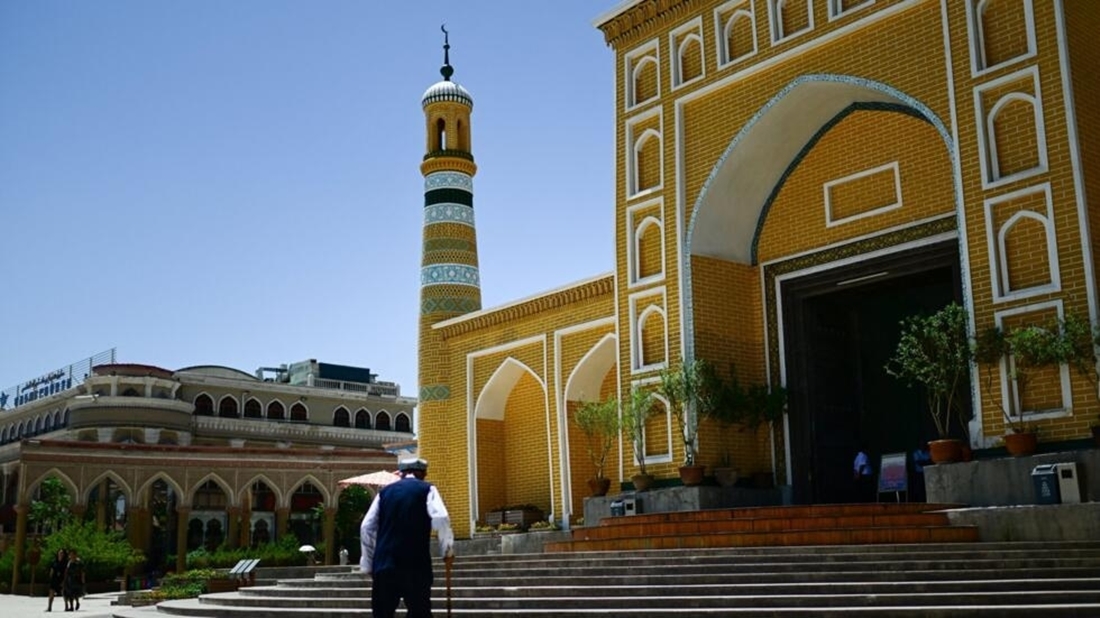In a bid to strengthen bilateral trade ties and capitalize on the growing demand in the Chinese market, Ethiopia has unveiled an ambitious plan to significantly increase its exports to China. The move comes as part of the Ethiopian government’s broader strategy to diversify its export destinations and foster economic growth.
Ethiopia, known for its rich agricultural resources and emerging industrial sector, sees China as a key market for its products. The plan aims to tap into China’s vast consumer base and take advantage of the country’s increasing appetite for quality goods and commodities.
Under the new initiative, Ethiopian authorities are focusing on expanding the export of various products, including coffee, tea, textiles, leather goods, horticultural products, and manufactured goods. The government plans to leverage existing trade agreements between the two nations and explore new avenues to facilitate smoother trade flows.
To achieve this goal, Ethiopia intends to enhance its trade infrastructure, streamline export processes, and promote investment in key sectors. Efforts are underway to improve logistics and transport networks, ensuring efficient movement of goods from Ethiopia to China. Additionally, the government is actively encouraging partnerships between Ethiopian and Chinese businesses to foster collaboration and boost trade.
Ethiopia’s prime location as a gateway to Africa and its preferential access to global markets through trade agreements, such as the African Continental Free Trade Area (AfCFTA), provide a competitive advantage for the country. The government aims to leverage these factors to attract more foreign direct investment and expand its manufacturing capacity, ultimately increasing the volume and value of exports to China.
Chinese investors have been increasingly interested in Ethiopia in recent years, drawn by its favourable investment climate and the government’s commitment to economic reforms. Chinese companies have already made significant investments in sectors like manufacturing, infrastructure development, and renewable energy.
The Ethiopian government recognizes the need for targeted marketing and promotional campaigns to raise awareness about the country’s export potential among Chinese consumers and businesses. It plans to organize trade fairs, exhibitions, and business forums to showcase Ethiopian products and facilitate direct engagement between exporters and potential buyers in China.
Ethiopia’s push to increase exports to China aligns with its broader economic vision of becoming a middle-income country by 2025. By diversifying its export markets and expanding trade partnerships, Ethiopia aims to create employment opportunities, foster technological transfer, and boost foreign exchange earnings.
However, challenges remain on the path to achieving these goals. Infrastructure limitations, bureaucratic hurdles, and the need for capacity-building are among the key obstacles that need to be addressed. The government is actively working to overcome these challenges by implementing reforms aimed at improving the business environment and enhancing the ease of doing business.
As Ethiopia sets its sights on boosting exports to China, all eyes are on the progress it makes in implementing its strategic plan. With concerted efforts, increased investments, and effective promotion of its products, Ethiopia has the potential to unlock new opportunities in the Chinese market, paving the way for sustainable economic growth and development.






